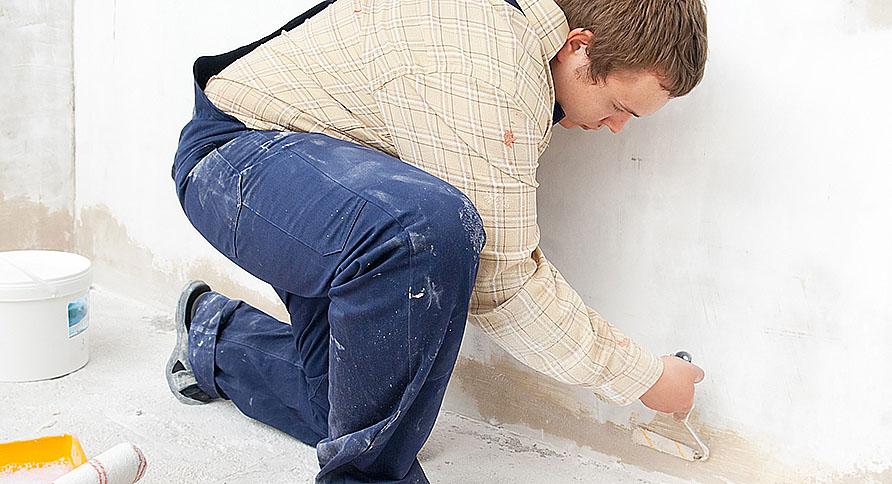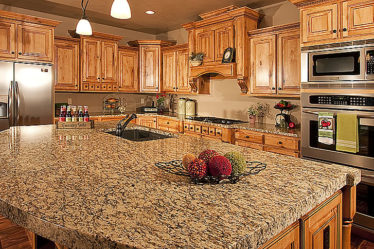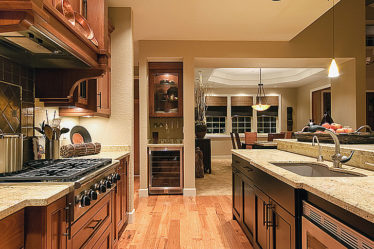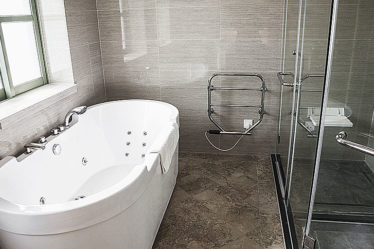
According to professional painters, one of the best ways of improving the look of your house is to paint it. While this is the case, the most unfortunate thing is that the paint develops problems that give your home an ugly look. To guide you through, here are some of the most common paint problems and how to fix them:
Blistering paint
Blistering paint is characterized by small to medium sized blisters and bubbles under the paint film. The blisters are common on the trim and wood siding. The condition is as a result of many factors such as painting in direct sunlight on a hot surface. When you do this, you trap solvent vapor as the paint dries up quickly. The problem will also come up when the wood is damp thus causing the trapped moisture to expand the paint film.
To fix this problem, you need to scrape away the blistered paint and sand the bare wood. You should then check and repair any missing or loose caulking around the doors and windows.
Efflorescence
According to exterior house painting professionals, the efflorescence problem is characterized by crusty white salt deposits that bubble through the paint film from your house. The salts in the concrete get dissolved with the water and then leach to the wall surface as the water evaporates.
The problem comes about due to many reasons such as poor paint preparation by the painting contractor. The problem will also occur if there is heavy moisture migrating through the masonry walls from the inside of the house. To fix this issue you need to remove all the loose flaking, efflorescence, and chalking paint using a wire brush then clean the area with trisodium phosphate. Once the area is clean, apply a new layer of high-quality latex house paint.
Sagging
Dripping or drooping paint characterize this problem. The problem comes about due to the application of a paint coat that is too bulky or overloaded. The issue will also come about due to application of too thin paint or when the painting technician applies the paint too roughly.
You should fix this problem by redistributing the excessive paint if it’s not yet dry. If it has already dried, sand the rough area and then lightly reapply the paint. To avoid the problem from coming about, ask your local painting contractors to use two light coats instead of one thick coat.
When you are painting your house, you shouldn’t paint the other areas and ignore the bathroom—you should also paint it. To help you out, here are bathroom painting tips recommended by professional painters that you should follow:
Choose the right color
This is important. The color you choose depends on the look you want to create and preferences. If you want to impress the guests when they get into the bathroom, go with attractive colors and paintings. If on the other hand you are a simple person and want just a simple look, go for simple color. There are plenty of colors you can choose from. If you aren’t sure of the right one to choose, ask painting contractors to help you out.
When painting, use both the brush and roller. Use the brush around the edges where the ceiling meets the walls. When it comes to the rest of the bathroom, use rollers. Just like when painting the rest of the house, apply the first coat and then wait for the paint to dry after which you should apply the second coat. You can use the primer or not—it depends on what you are looking to achieve. If interested in brightening up the room with a light, softer color, apply a primer.
Choose the right finish
When it comes to the finish, the right one to go with is the semi-gloss finish. This will come in handy in protecting the walls from the constant moisture. You should note that the finishes are of different varieties. Work with your contractor to choose the one that is ideal for your application.
Protect the floor and woodwork
You are looking to improve the appearance of the bathroom thus you should protect the areas that you don’t want to be damaged by the paint. When it comes to the floors, cover them completely using drop cloths. You should lay the clothes as close to the baseboards as much as possible. You should avoid using plastic as the paint won’t be absorbed.
When it comes to protecting the woodwork, tape along the top edges using high-quality tape with at least 2” width. You also should tape any door and window frames that you aren’t planning on painting.
Conclusion
These are the tips to consider when painting the bathroom. In addition to choosing the right colors, work with the right people. For peace of mind, have the bathroom painted by experienced local painting contractors


